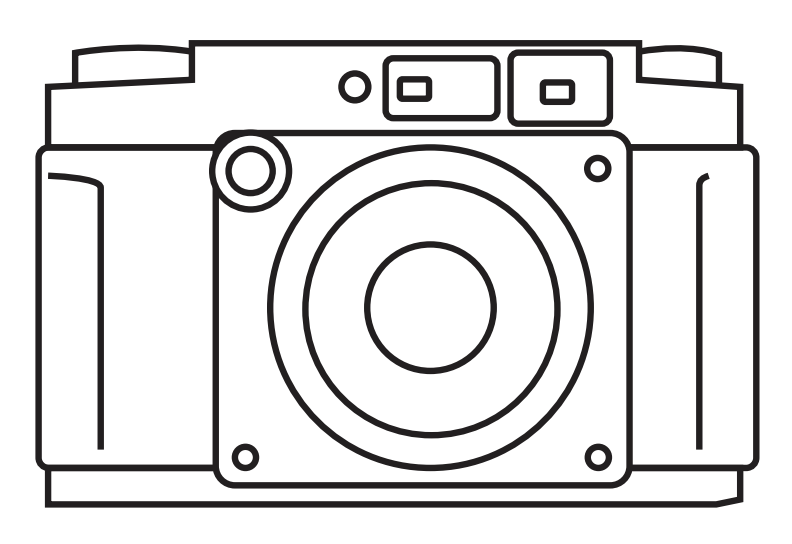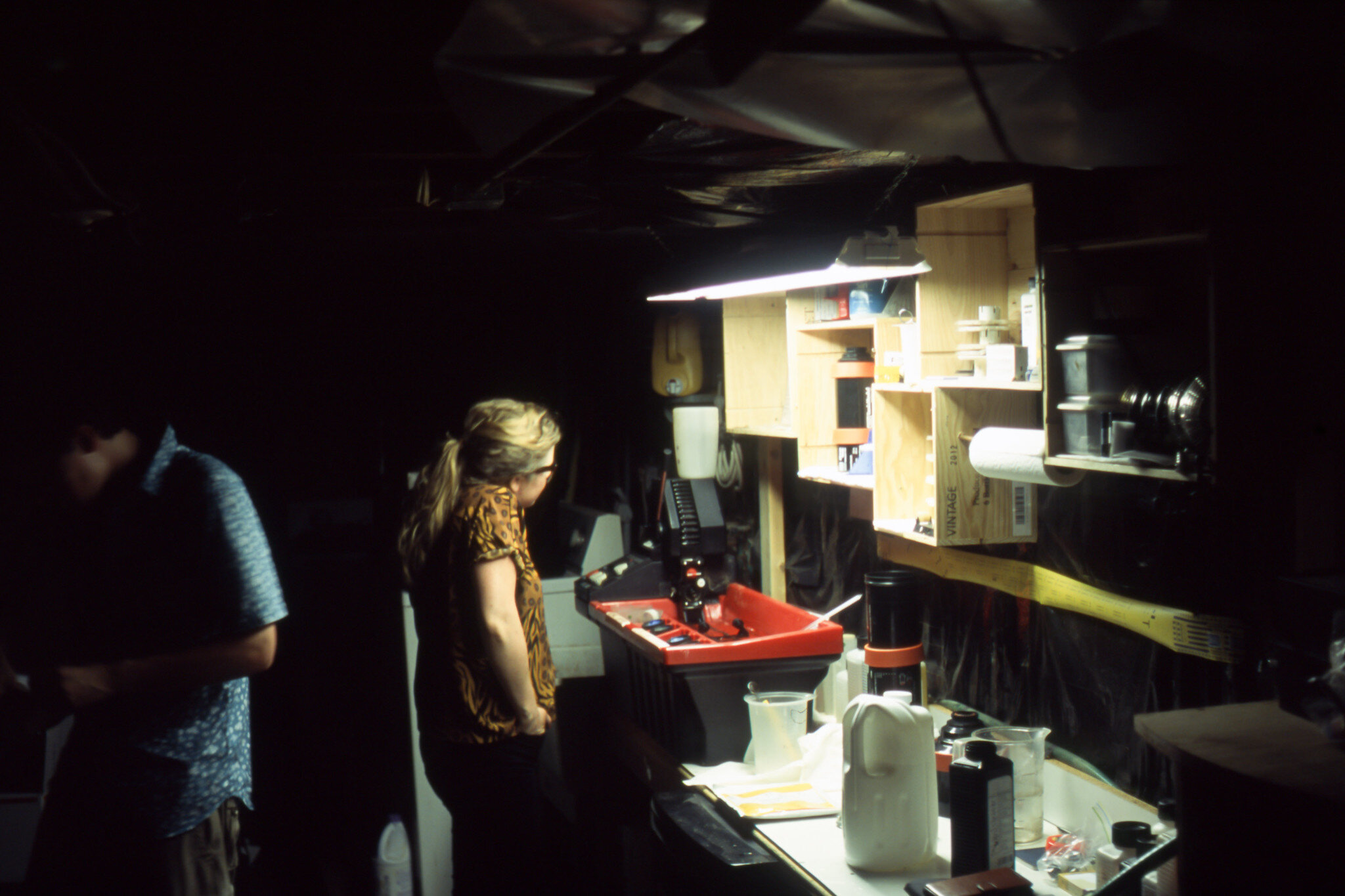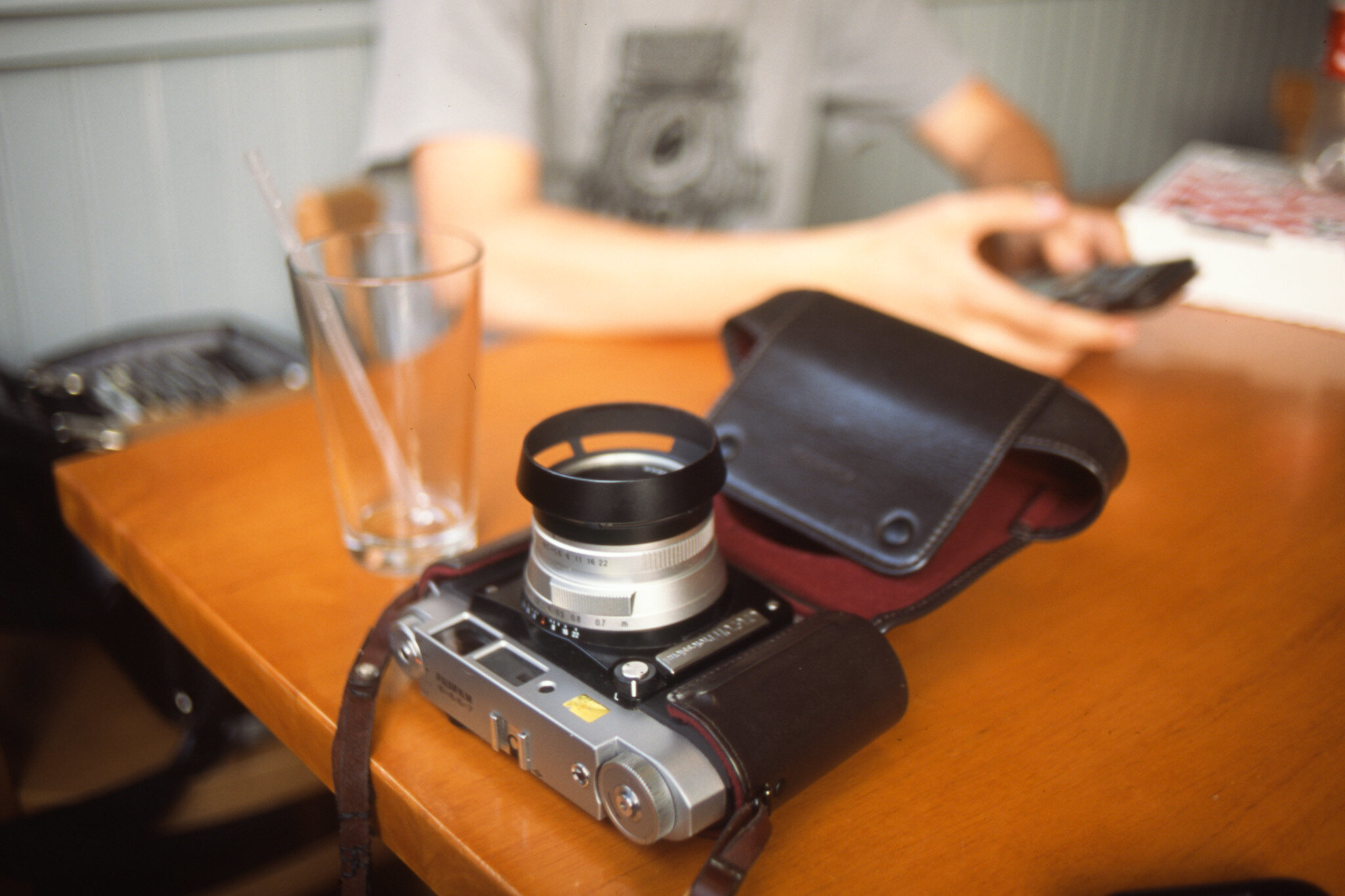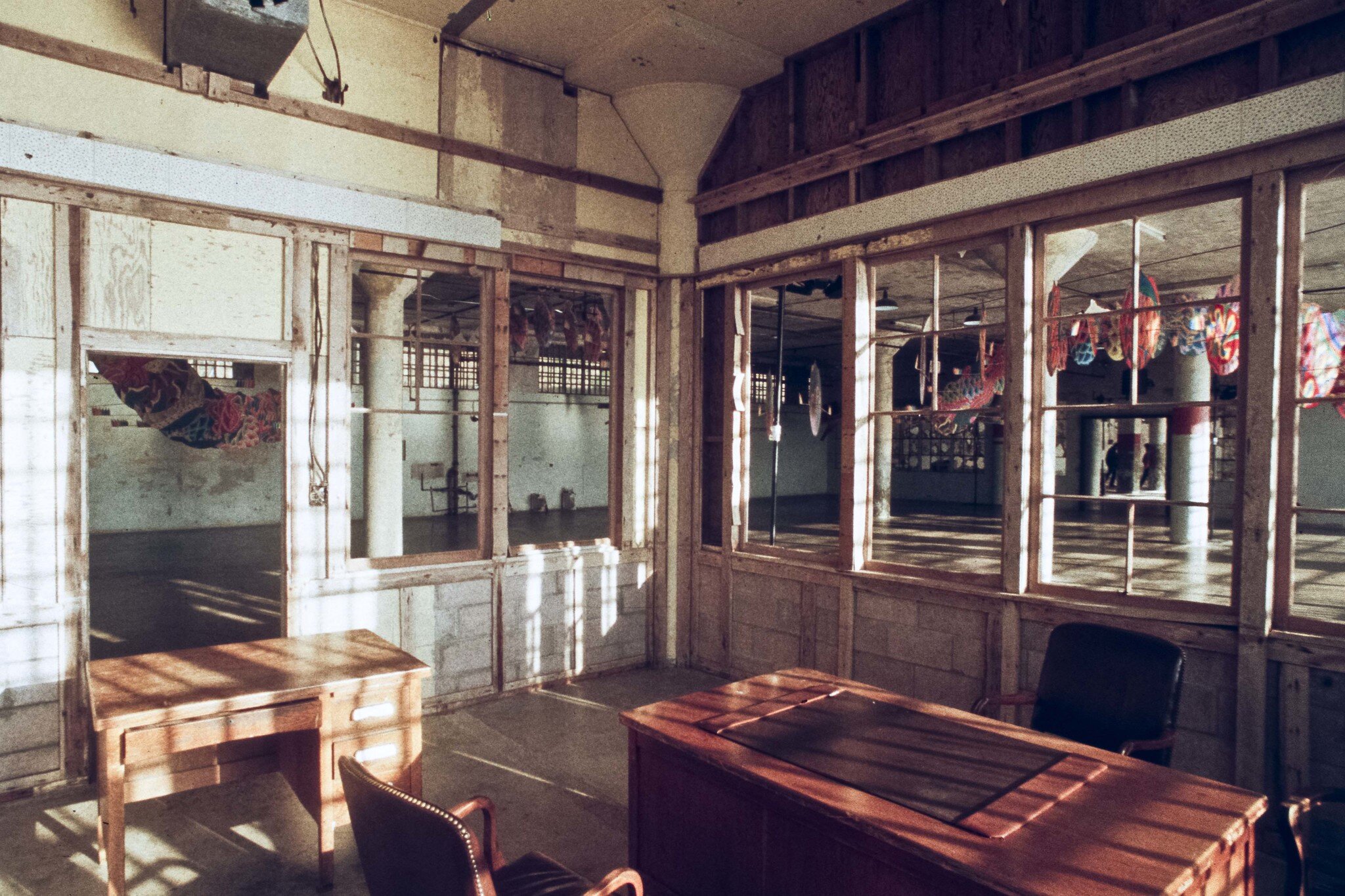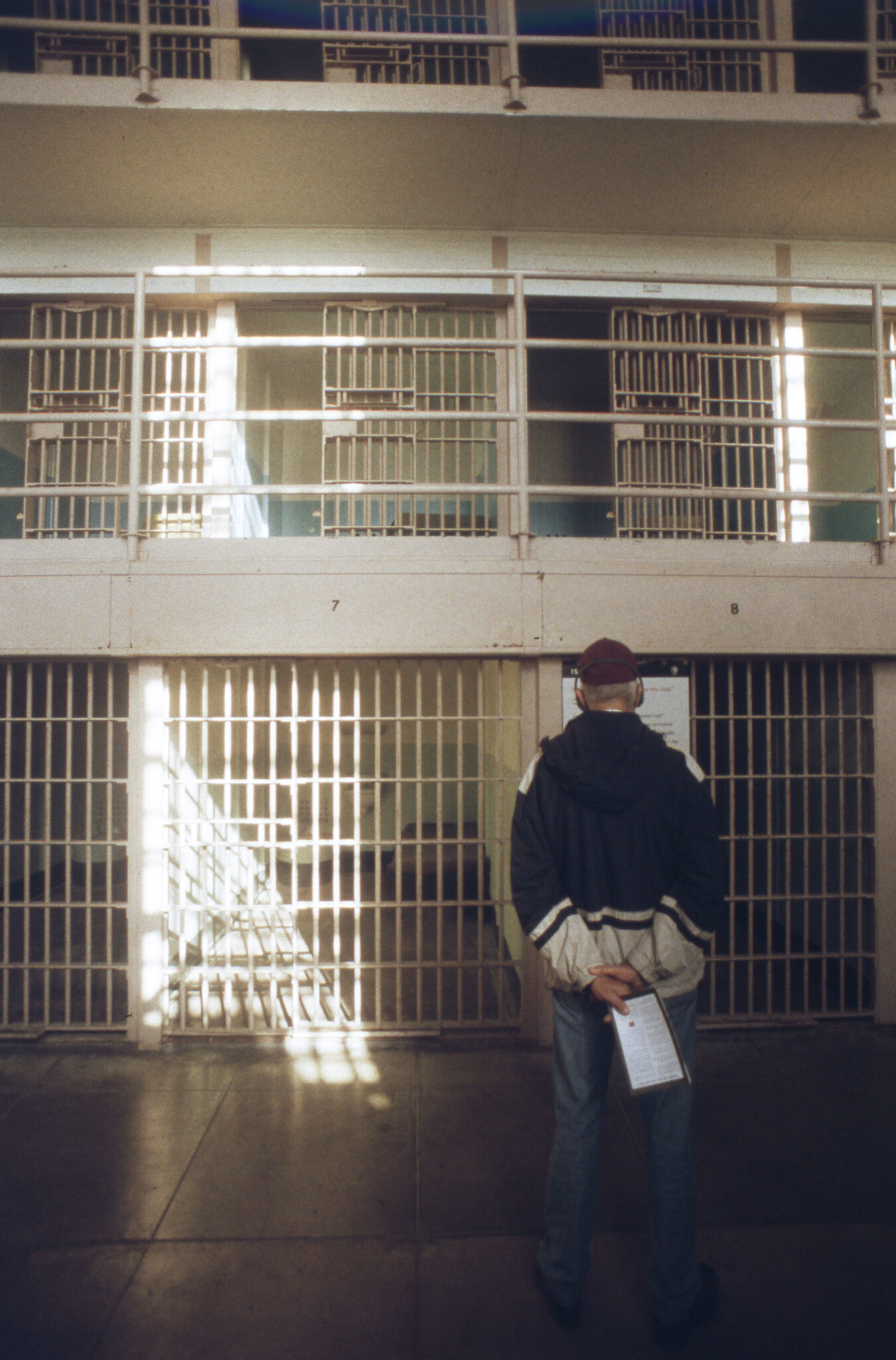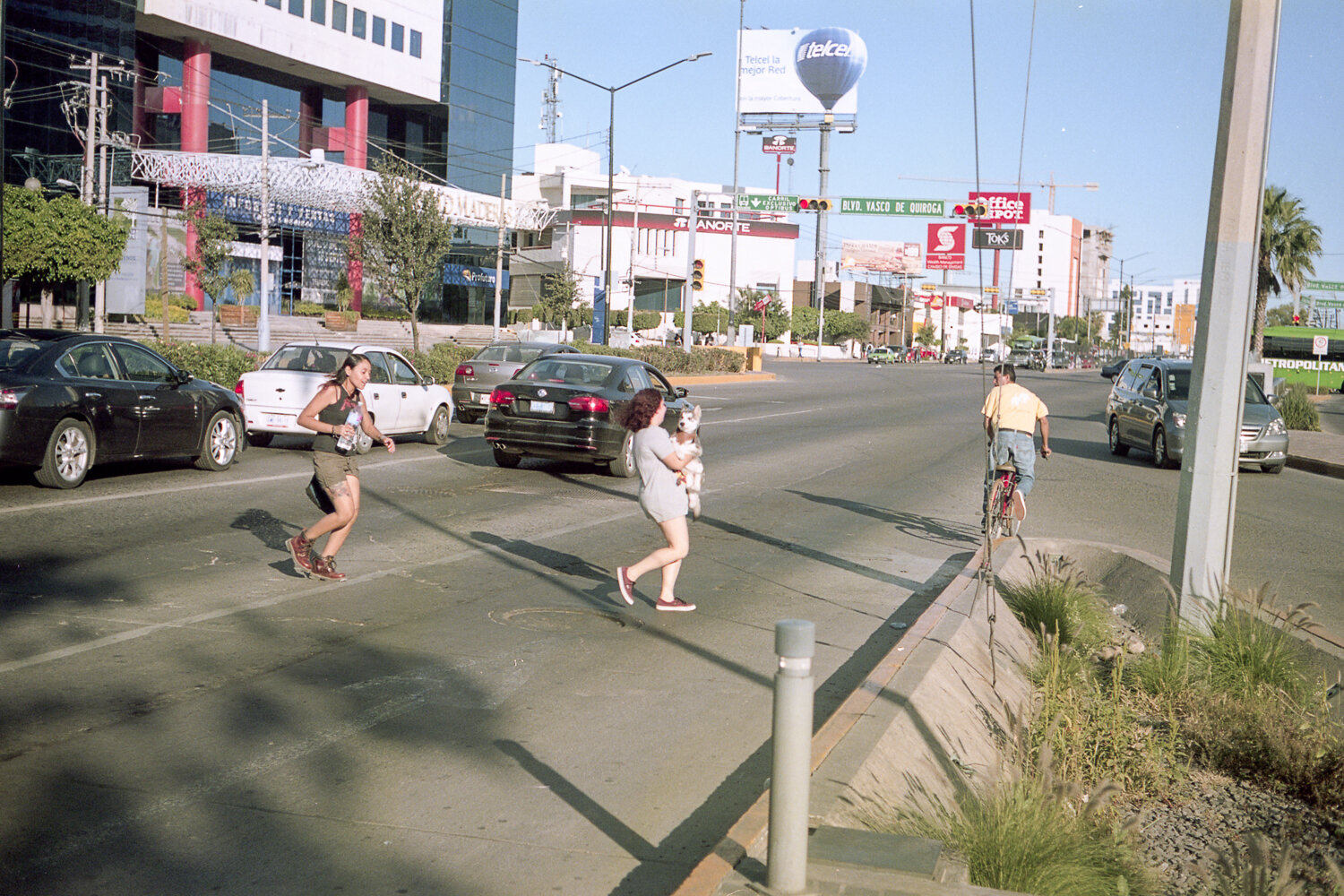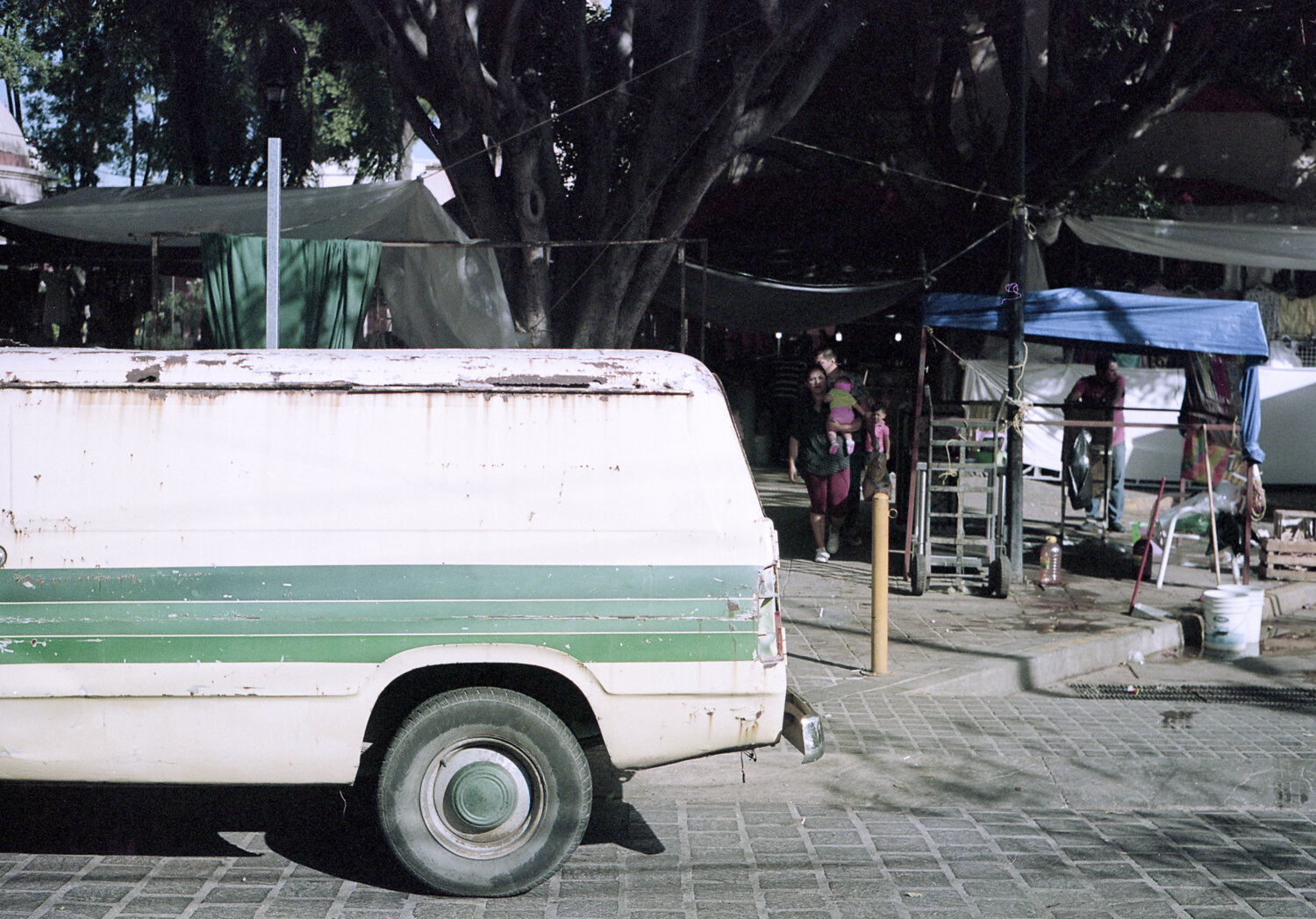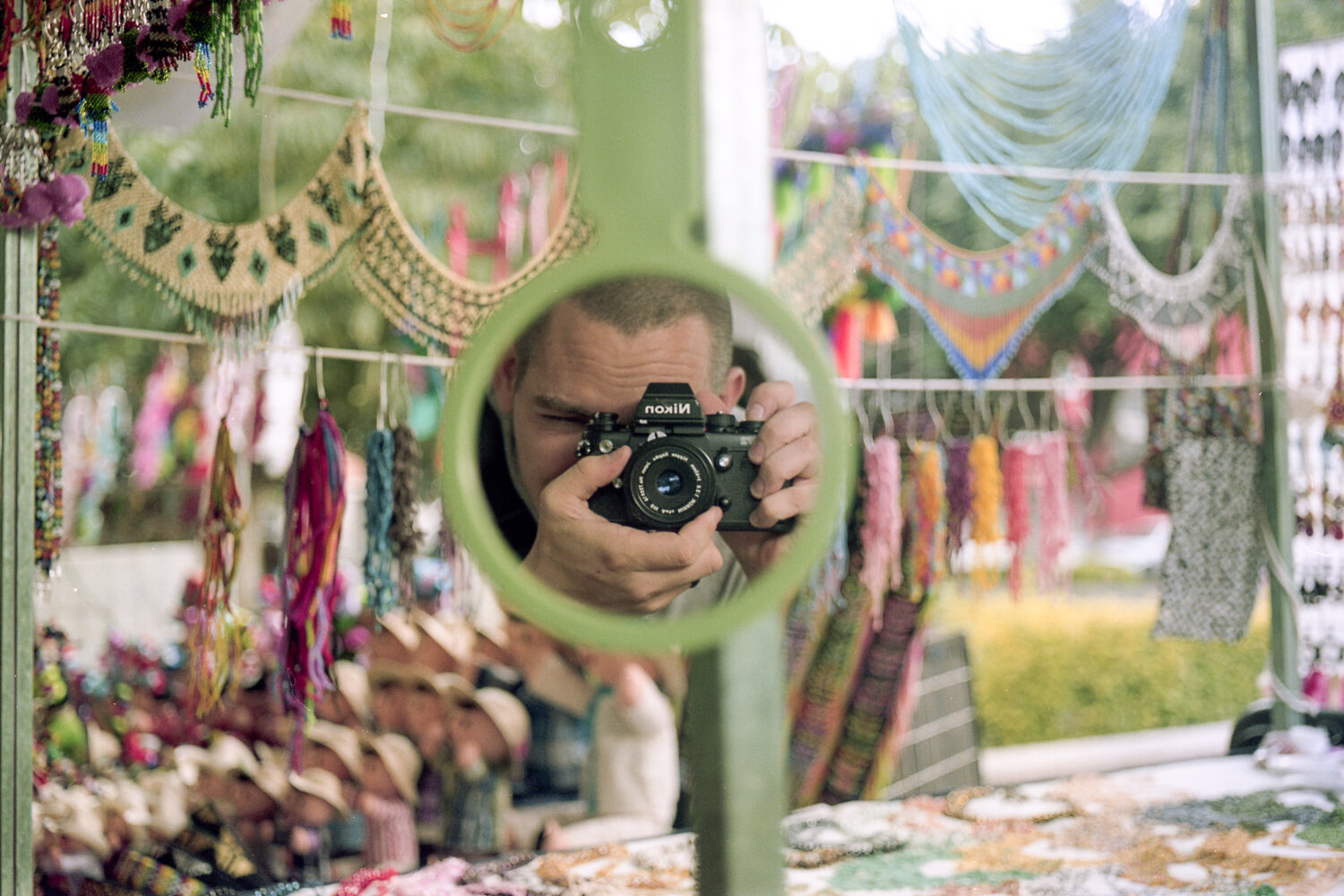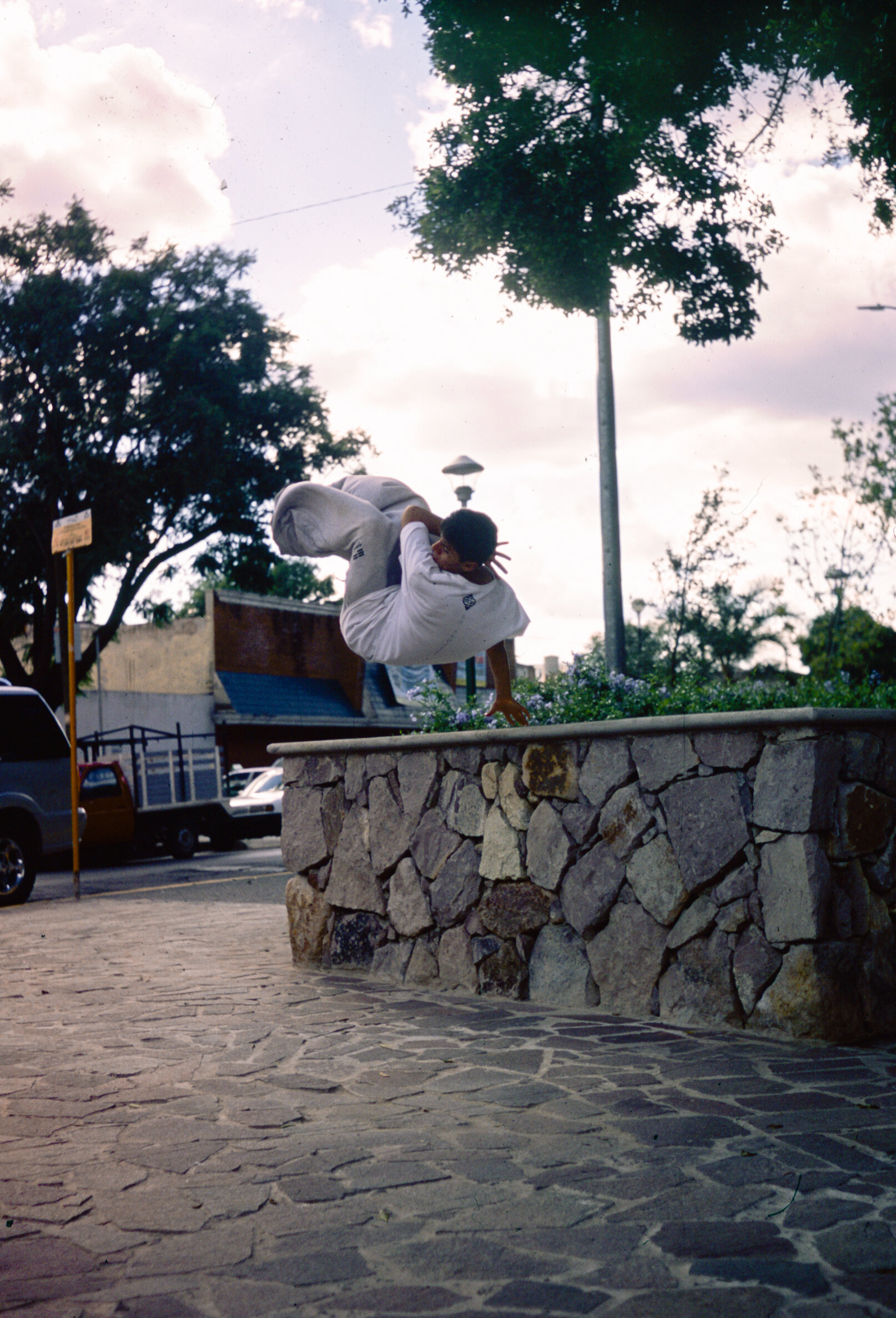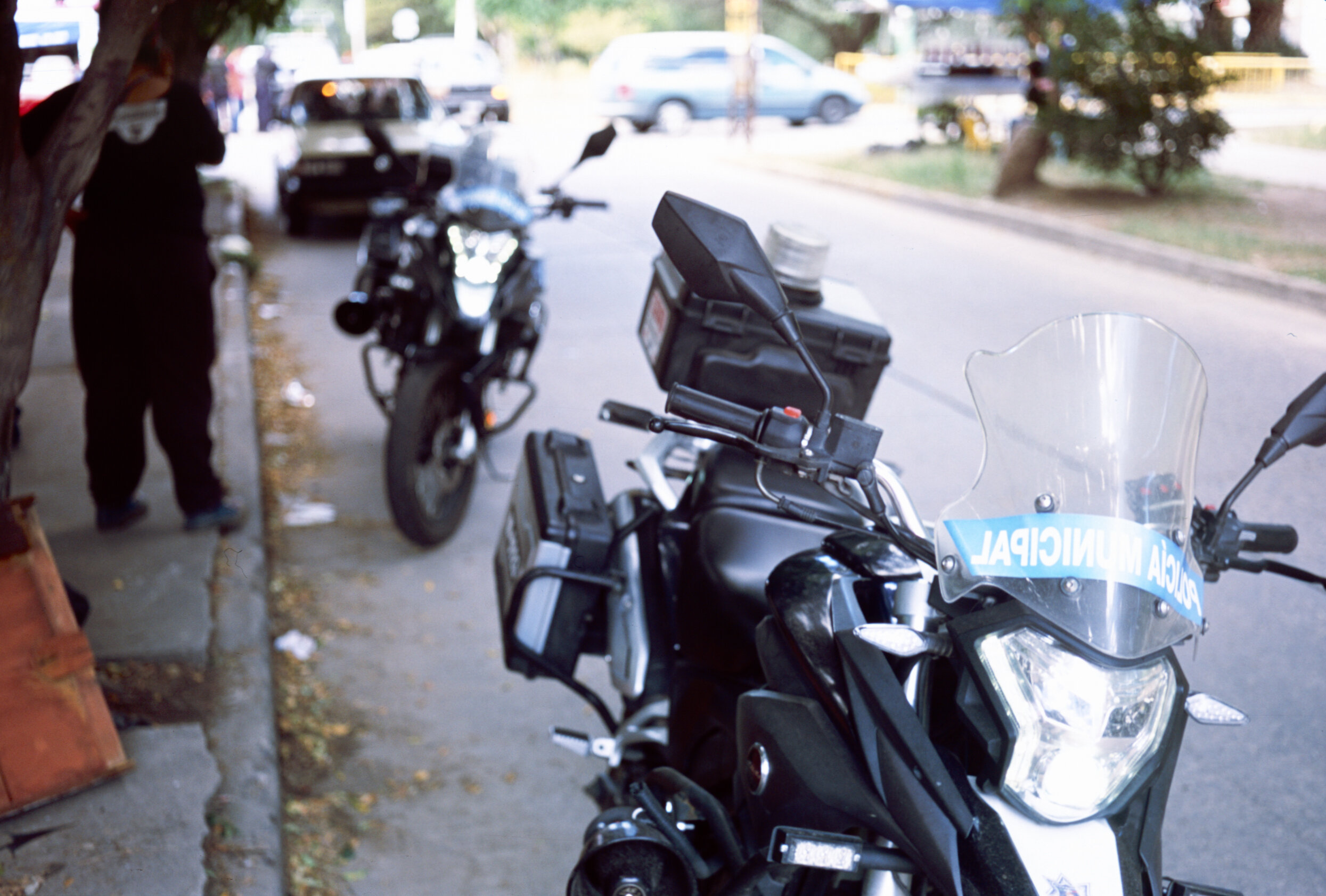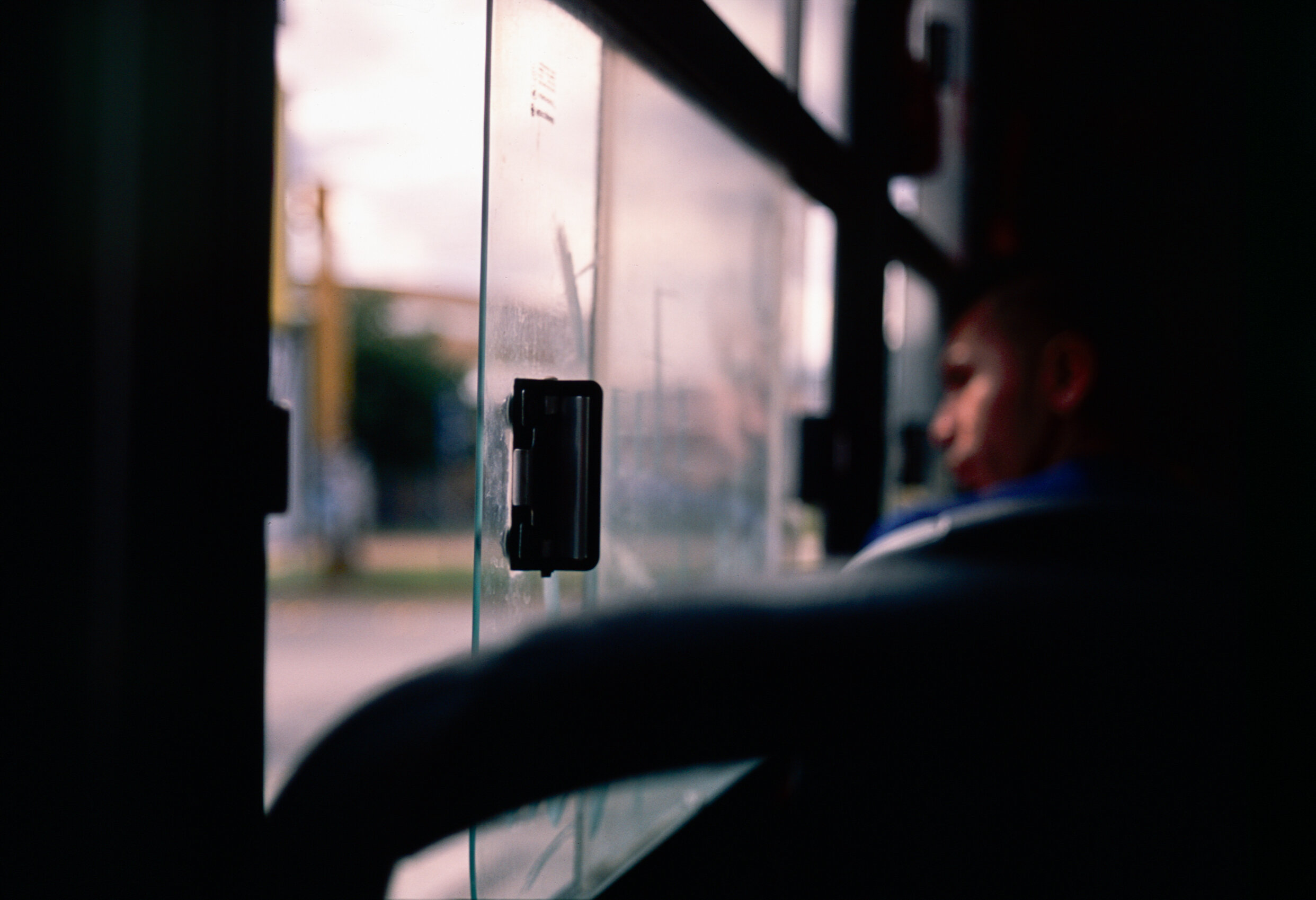Nikon F3 Review
The Nikon F3HP with 45mm F2.8GN
When I first started writing this review, which was sometime in 2017 or 2018, the camera in the photos was in my possession. Since then, I gave the camera away to a friend as I wasn’t really using it that much and was back on my medium format game, having gotten some mediocre results from a trip to Mexico and I felt like passing the camera onto a friend. This was the second Nikon F3 that I had purchased, feeling that I should give the F3 a second chance. Having owned a number of Nikon F mount cameras - the F5, Fm2, Fe2, Nikkormat Ft - I have always felt the F3 the most suited to my shooting style. The first I had for about a year before selling it, I was then without an F3 for a year or two before picking this one up and subsequently giving it away to Sloke.
At this point, January 2020, the F3 is back in my possession, my friend having upgraded to a Leica M4 and not wanting to own too many 35mm cameras. I figured that this would be the perfect time to plop some words down on the interwebs and let you know my overall thoughts about the camera itself. And now, in February 2020, I am trying yet again to finish this review for all 7 people who are interested in reading it can do so.
The Nikon F3
Introduced in 1980, the F3 is the third professional camera from Nikon, the first with auto exposure and fully electronic camera. It is a 35mm SLR. I have no idea when the camera production ended, nor what year my camera was made. Frankly, I’m not sure what this information would tell me, as the camera is a tank. Whether the camera was the first run or the last really does not matter to me.
Slightly larger than the Nikon F and F2, interchangeable finder, optional motor pack, and a subtle but great grip, the F3 is ergonomic and fits my larger than average hands really well. Equally, the highpoint viewfinder was really good when I was a glasses wearer, and one could argue, it is the best 35mm SLR for a glasses-wearing photographer; I think it is the best Nikon camera. It is a workhorse camera, time and field-tested by professionals and puds like me for the last 40 or so years.
It has an electronically controlled horizontal shutter, speeds ranging from 8 seconds to 1/2000th, with Time, Bulb, Automatic, and X (which is flash, which will sync at 1/80th). The shutter, being all electronic, is almost entirely useless with a dead battery, but will shoot at 1/60th. If the battery is dead, the shutter release no longer works and you have to use the lever on the front. This has never been an issue with me, as the batteries seem to last for ages in this camera.
The film is loaded in the back the same as any modern film camera, not some weird nonsense like Leica or Nikon rangefinders; just swing the back open and plonk your roll right in. ISO is set on the dial to the left, which is also where the film rewind is. The operation of this camera follows the same methods as almost any SLR. The only thing that can be slightly frustrating about this camera in use is the locks on every knob. The ISO dial has to be lifted to change the ISO, a small lever has to be held aside to release the film back, to adjust for exposure compensation a lock has to be held down. These are all features that my F5 had as well, and I guess is a mark of a professional camera. If I were dropping a big honest bomb, I really like this as I tend to knock my cameras around while using them and it is nice knowing nothing is gonna get knocked loose.
Controls
Front View
Looking at the front of the camera, right to left: Lens Release, Flash Sync, mechanical shutter lever, stop down button, and mirror lock-up, red timer light.
Top View
Looking at the top, right to left: Film rewind, exposure compensation, proprietary flash terminal (the Nikon AS-4 is required to use a standard, shoe mount flash), removable viewfinder, shutter speed dial, self-timer switch under the shutter dial, shutter button and film lever, on/off switch, multiple exposure lever, and finally the film counter.
Bottom View
Looking at the bottom, right to left: Motor drive cover, battery, tripod socket, motor lever gear thingy, film rewind button.
Lens Mount
As with any Nikon SLR made since 1959, the F3 has a Nikon F mount, which will mount and shoot any F mount lens. Of course, there are quite a few caveats here: G series lenses will only shoot wide open, almost any modern glass that doesn’t have an aperture ring will also not stop down, APS-C lenses will mount but will produce a smaller image circle. It is best to stick to Nikon D series lenses as well as AIS lenses, pre-ai lenses (like the one I have mounted) have to be converted to meter properly. Speaking of the meter, it is accurate. I do not know how it is weighted, nor do I much care. I’m sure if you look at Uncle Ken’s site, he will be able to give you move information than I am able to give you. I’ll add here, there is a small light in the viewfinder for confirming your aperture, the switch is on the side of the viewfinder just above the stop-down lever. I never use it but it is there.
Conclusions
I think the F3, whether it is the F3P (weather-sealed, hot shoe on the finder, no cable release socket) or the F3HP (highpoint viewfinder) or any of the other iterations of this camera, barring the autofocus monster, is the best manual SLR in Nikon’s lineup. It is never so expensive that they are unaffordable (Nikon FM3a), it is a professional camera, not a consumer (Nikon Fm/Fm2/Fe/Fe2) yet is still compact enough to daily carry, unlike the next two professional cameras: Nikon F4/F5. The meter is spot on, the shutter is accurate, and the viewfinder is very bright and easy on the glasses wearer. I’m of the mind that the F3 is a far superior camera to the Canon Ae1 cameras, both ergonomically and practically. Given that the F-mount continues to be in use to this day, buying a Nikon camera means you can swap lenses between your modern DSLR and your older SLR. That, and prices for the Canon FD mounts have gone way up, just get an F3.
